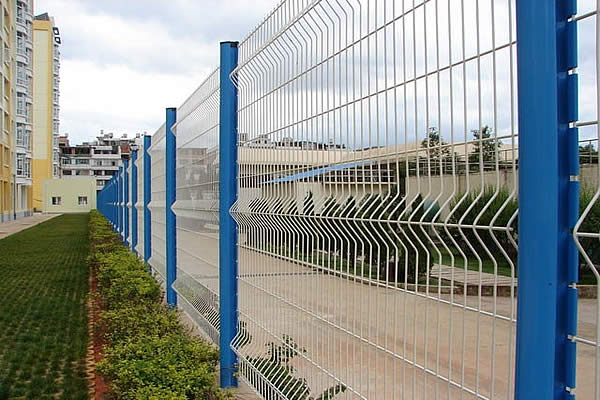 TEL:
+86-13102802206
TEL:
+86-13102802206
 Email:
fencenetting@china.com
Email:
fencenetting@china.com
 Language
Language
 TEL:
+86-13102802206
TEL:
+86-13102802206
 Email:
fencenetting@china.com
Email:
fencenetting@china.com
 Language
Language


Understanding 60% 20 Inch Field Fences A Comprehensive Guide
When it comes to fencing solutions, particularly for agricultural and rural settings, the specifications of the fence play a crucial role in determining its effectiveness. One such specification that stands out is the “60% 20 inch field fence.” This article will explore what this term means, its applications, and factors to consider when choosing a field fence.
What Does the Term Mean?
At its core, a 60% 20 inch field fence refers to a specific type of wire fencing designed for controlling or containing livestock while allowing visibility and ease of installation. The “60%” generally indicates that 60% of the fence is made of wire, while the remaining percentage is largely composed of space or openings. The “20 inch” measurement typically refers to the height of the fence, making it ideal for various agricultural purposes, including fencing off fields and pastures.
Field fences are constructed using vertical and horizontal wires woven together to create a mesh-like structure. The spaces between the wires are crucial for ensuring that the fence can effectively contain livestock while allowing air and light to pass through.
Applications of Field Fences
Field fences come in handy for various agricultural and rural applications
. They are primarily used for1. Livestock Containment Farmers and ranchers utilize field fences to keep livestock such as cattle, sheep, or goats within designated pastures. The design helps prevent animals from escaping while ensuring they are safe from external predators.
2. Crop Protection In addition to containing livestock, field fences serve to protect crops from being trampled by animals. A well-erected fence can significantly reduce the risk of crop damage due to wildlife.
3. Boundary Definition Field fencing is often used to delineate property lines in rural areas. It provides a clear visual boundary that can prevent disputes over land ownership.

4. Wildlife Management In areas where wildlife is prevalent, field fences help manage animal movement, keeping them out of certain areas while allowing controlled access to others.
Factors to Consider When Choosing a Field Fence
When selecting a field fence, there are several essential factors to consider
1. Material Field fences are typically made from galvanized steel or composite materials. The choice of material affects the durability, strength, and maintenance needs of the fence.
2. Height and Diameter of Wire A 20-inch height is versatile, but depending on the type of livestock or wildlife expected, you may need a taller or sturdier fence. Smaller animals might require closer-set vertical wires to prevent escape.
3. Spacing Between Wires The distance between horizontal lines matters significantly. Standard spacing allows for both visibility and containment; however, adjustments may be necessary based on specific needs.
4. Installation Method Proper installation is crucial for ensuring the fence's longevity and effectiveness. Field fences can be installed using various methods, including wooden posts, metal T-posts, or corner braces.
5. Local Regulations Depending on your location, there might be regulations concerning the height and type of fencing allowed, especially near boundaries.
Conclusion
A 60% 20 inch field fence presents an ideal solution for various agricultural needs, from livestock containment to crop protection and boundary definition. Understanding its components, applications, and considerations can lead to informed decisions when selecting the right fencing for your specific requirements. Whether you are managing a small farm or a large ranch, investing in the right field fence can contribute significantly to your agricultural success and peace of mind.